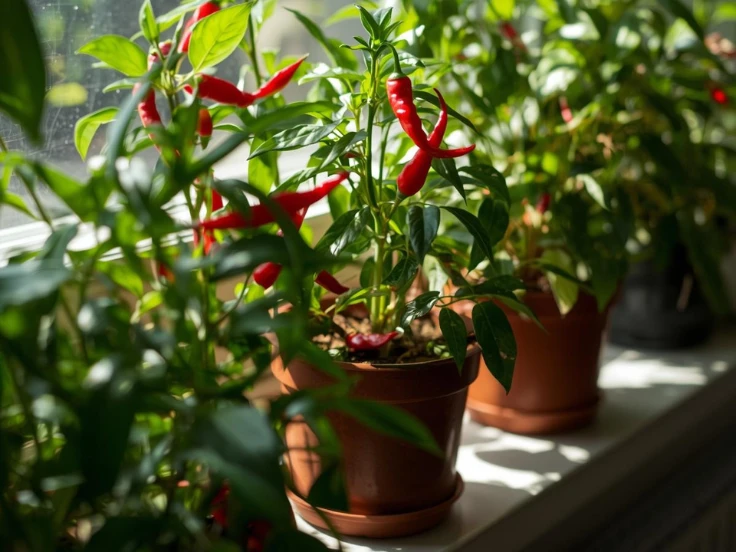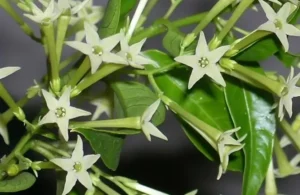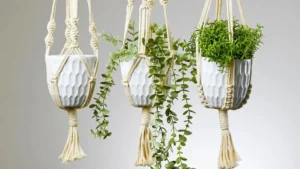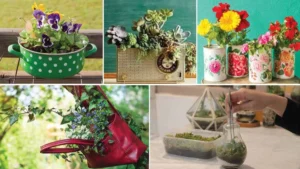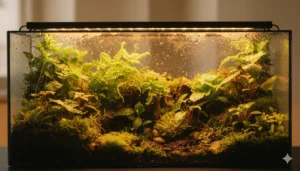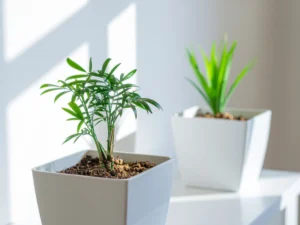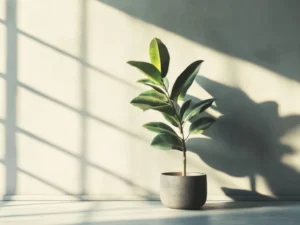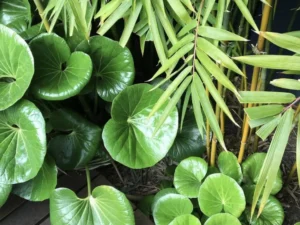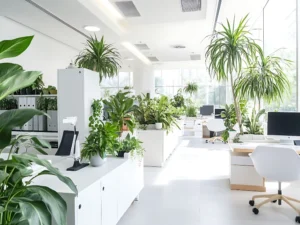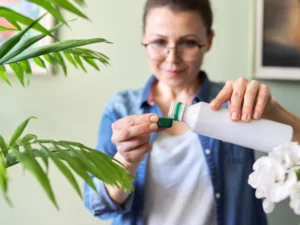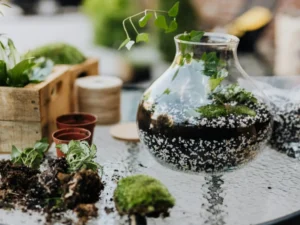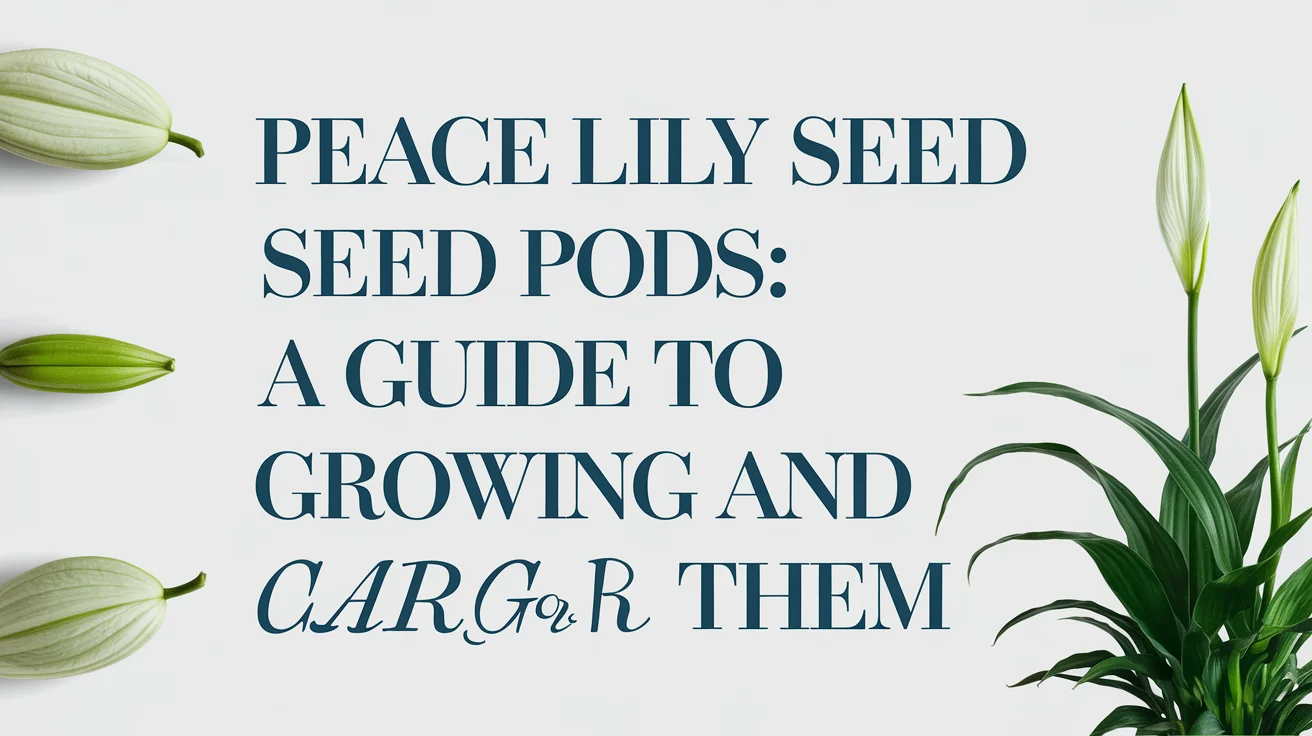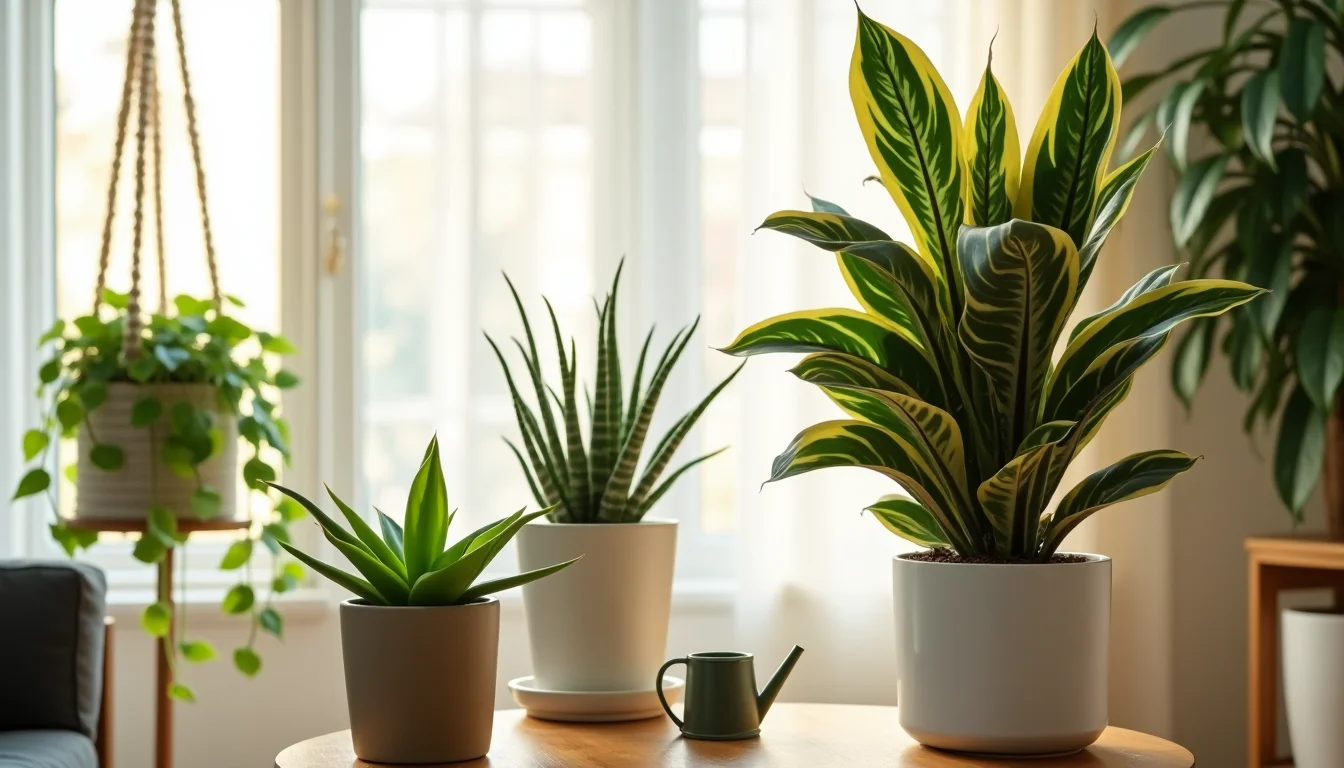Indoor gardening has become increasingly popular, especially for those interested in growing chilli plants indoors. This method allows gardeners to enjoy fresh, flavorful peppers year-round while controlling environmental factors such as light, temperature, and humidity. Indoor cultivation also reduces the risks associated with outdoor gardening, including pests, unpredictable weather, and soil issues.
By mastering the art of growing chilli plants indoors, you not only gain a rewarding hobby but also enhance your home with vibrant greenery. Moreover, indoor gardening opens opportunities to experiment with different varieties, from mild to extremely hot peppers, ensuring a versatile culinary experience.
Choosing the Right Varieties for Growing Chilli Plants Indoors
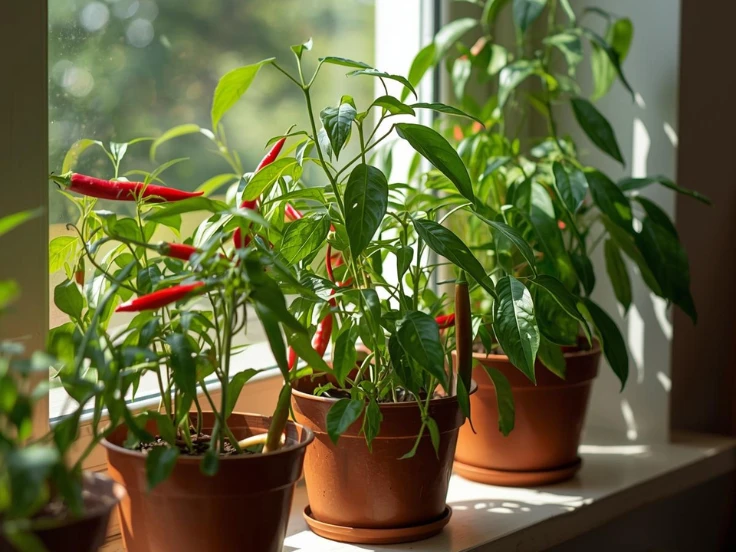
Selecting the appropriate variety is a crucial first step in growing chilli plants indoors successfully. Not all chilli plants are suited for container growth or limited indoor light, so small to medium-sized varieties are generally the most manageable. Popular indoor-friendly varieties include cayenne, jalapeño, and ornamental peppers.
These types are easier to maintain, provide a diverse range of heat levels, and adapt well to indoor conditions.Temperature sensitivity is also a major factor. Some chilli plants thrive in consistent warmth, while others tolerate slight fluctuations. Choosing a variety that aligns with your indoor environment increases germination rates, encourages strong growth, and enhances fruit production.
Preparing Your Indoor Space for Healthy Chilli Plants
Before planting, ensure your indoor space is well-prepared to support healthy growth. Proper light, ventilation, and temperature are essential factors. A south-facing window or supplemental grow lights can provide the intensity needed for photosynthesis. Chilli plants require 12–16 hours of light daily to thrive indoors.
-
Use containers with drainage holes to prevent waterlogging.
-
Maintain room temperature between 20°C and 30°C for optimal growth.
-
Keep humidity moderate; excessive moisture can cause fungal problems.
-
Ensure proper air circulation to reduce pest and disease risks.
Soil and Nutrient Management for Indoor Chilli Cultivation
Healthy soil is the foundation of successful growing chilli plants indoors. Chilli plants prefer well-draining, nutrient-rich soil with a slightly acidic to neutral pH (6.0–7.0). The right soil mix, combined with organic matter, significantly boosts growth and fruit production.
-
Incorporate compost or well-rotted manure for natural nutrients.
-
Use slow-release fertilizers for a steady nutrient supply.
-
Avoid waterlogged soil; use lightweight, aerated potting mixes.
-
Refresh topsoil periodically to prevent nutrient depletion.
Watering Techniques for Thriving Indoor Chilli Plants
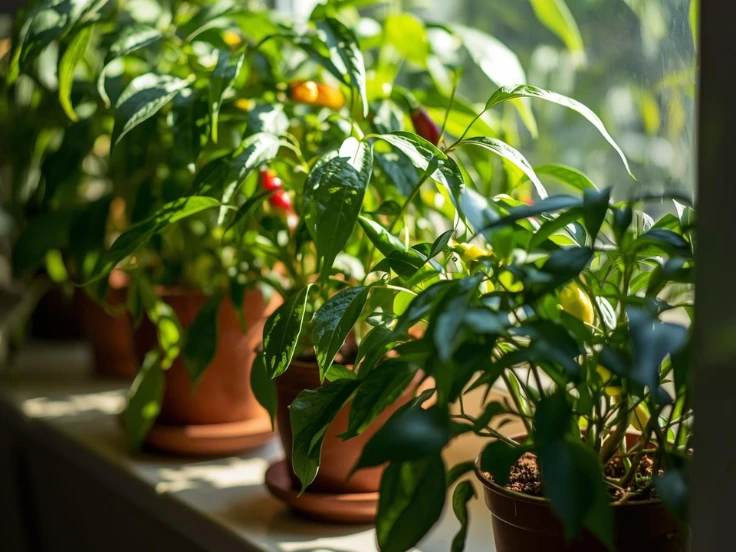
Watering is critical in indoor chilli cultivation. Indeed, overwatering can harm roots, while underwatering stresses the plant. Keep soil consistently moist but not saturated, and check the top inch for dryness before watering. Additionally, consistent watering supports strong root development, healthy foliage, and abundant fruit production.
Proper watering ensures healthy foliage, prevents leaf drop, and promotes abundant fruit development. Moreover, indoor conditions often require adjustments due to fluctuating temperature and humidity. As a result, monitoring your plants regularly helps maintain optimal growth and a consistent harvest.
Maximizing Light for Growing Chilli Plants Indoors
Chilli plants need plenty of light to grow strong and produce fruit. However, natural sunlight may be limited indoors, so artificial lighting, such as full-spectrum LED grow lights, can effectively supplement it. Moreover, providing adequate light prevents leggy growth and encourages vibrant flowers and abundant fruit production.
Adequate light prevents leggy growth, improves color intensity, and encourages flower and fruit production. Conversely, insufficient light often results in weaker plants with fewer and smaller fruits. Therefore, ensuring your indoor chilli plants receive enough light is essential for a healthy and productive harvest.
Managing Pests and Diseases When Growing Chilli Plants Indoors
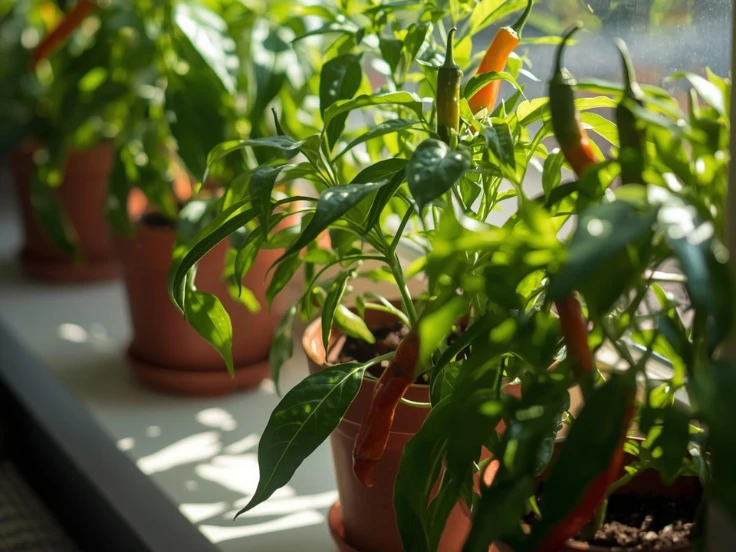
Even indoor plants are vulnerable to pests such as aphids, spider mites, and whiteflies. Therefore, regular inspection and proper maintenance help prevent infestations. Additionally, using organic methods or introducing beneficial insects can keep your chilli plants healthy and productive.
Organic pest control methods are highly recommended for edible plants. For instance, introducing beneficial insects like ladybugs or applying neem oil provides a safe and effective way to manage pests. Additionally, pruning infected or damaged leaves improves airflow and promotes overall plant health, ensuring stronger growth and better fruit production.
Harvesting and Storing Chilli Peppers from Indoor Gardens
Timing your harvest is key to enjoying flavorful and hot peppers. Most varieties are ready to pick 60–90 days after flowering. Ripe peppers have vibrant colors and firm textures. Furthermore, harvesting at the right time encourages your plants to produce more fruit continuously.
-
Gently twist or cut peppers from stems to prevent damage.
-
Harvest consistently to encourage continuous production.
-
Store fresh chillies in a cool, dry place or refrigerate.
-
Dry or freeze excess peppers for long-term culinary use.
Enhancing Your Indoor Gardening Experience
Indoor gardening is not just about plant care; moreover, it’s about creating an enjoyable and engaging experience. Tracking growth, experimenting with different varieties, and arranging plants aesthetically make the process both satisfying and rewarding. Additionally, observing your plants thrive over time brings a sense of accomplishment and joy.
-
Position pots near windows for maximum sunlight.
-
Use decorative pots and stands to enhance visual appeal.
-
Take notes on watering, fertilization, and growth patterns.
-
Consider companion planting with herbs for a lively indoor garden.
Indoor Gardening and Travel Inspiration
Interestingly, indoor gardening shares similarities with exploring Hamburg places to visit. Both hobbies involve curiosity, discovery, and attention to detail. Just as travelers explore unique locations and hidden gems, gardeners experiment with plant varieties, setups, and growth techniques. Both activities nurture patience, observation, and creativity.
-
Name your plants after favorite cities or travel experiences.
-
Incorporate travel-themed decor to create a vibrant indoor environment.
-
Use the indoor garden as a space for relaxation and inspiration.
FAQs
Q1: Can I grow chilli plants indoors year-round?
Yes, with adequate light, temperature control, and proper care, chilli plants can thrive indoors throughout the year.
Q2: How do I prevent pests on indoor chilli plants?
Regularly inspect plants, maintain proper airflow, and use organic methods like neem oil or beneficial insects.
Q3: What is the best container size for indoor chillies?
A container at least 6–8 inches deep works well for small to medium varieties, ensuring enough root growth.
Conclusion:Growing Chilli Plants Indoors
Growing chilli plants indoors is a rewarding and educational hobby. By choosing suitable varieties, providing proper lighting, and maintaining soil health, you can enjoy fresh, flavorful peppers year-round. Just like caring for spider plants, understanding each plant’s needs ensures your indoor garden thrives while enhancing your home’s aesthetics.
In addition, it connects to broader life experiences, such as exploring Hamburg places to visit.With patience, experimentation, and care, your indoor chilli plants can thrive and produce abundant harvests for years to come.Similarly, this practice fosters a sense of accomplishment, and for more indoor plant tips, check out how to care for spider plants.
Therefore, using proper techniques ensures stronger, healthier plants. As a result, both beginners and experts can enjoy consistent harvests. Moreover, regular care encourages continuous flowering and fruiting. Finally, indoor gardening blends creativity, productivity, and satisfaction.

